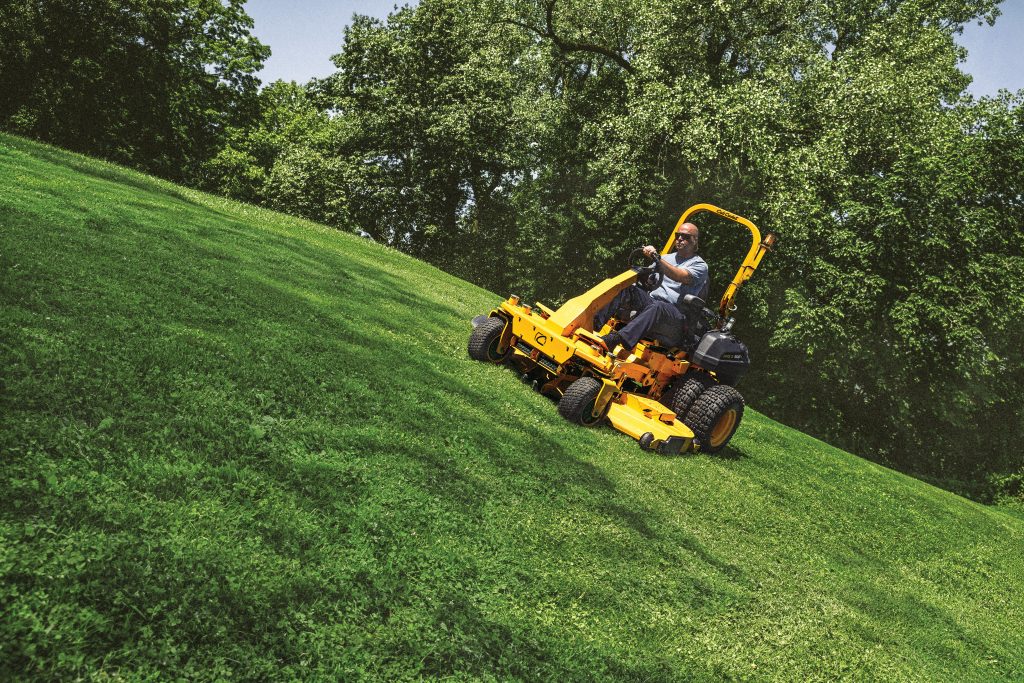
In a study on the impact of greenery on 851 primary schools across greater Melbourne, school-level academic performance in reading, numeracy, grammar and punctuation was found to be better on average for schools located in areas with more greenery. Research conducted internationally suggests greenness surrounding schools can lead to better cognitive development in primary school-aged children.
Read the Term 4 edition of School News HERE
Green spaces at schools may include practical areas such as sports ovals or courts, and outdoor eating areas. Other areas may serve more aesthetic purposes, including native gardens and grass surrounding paths and walkways. Outdoor garden areas can be used for community gatherings and celebrations, and shady green areas can be used for learning and teaching activities, giving students a break from the classroom.
With increased urbanisation, and the shrinking of backyards at home in many areas, it is vital that schools provide useable, well-kept green space for students and staff to enjoy. Whether your school’s green space is large or small, proper maintenance is necessary to ensure spaces look good, and are safe. This requires access to the right equipment.
The right tools for the job
Schools should consider the size of the area that needs to be maintained when purchasing any new equipment.
Small tractors are a versatile option that can simplify the task of maintaining school green spaces. A key benefit of these machines is their ability to handle a wide range of attachments. This versatility makes small tractors an excellent choice for schools looking to maximise the utility of their equipment.
As sustainability becomes increasingly important, schools might want to explore eco-friendly or electric tractor options that align with their environmental goals.
Ride-on mowers come in various configurations, including zero-turn, front-deck, and centre-deck models. Choosing the right one depends on the specific needs of the school.
Zero-turn mowers are well-suited for intricate mowing tasks. Front-deck and centre-deck models provide different cutting advantages, with front-deck mowers offering a clear view of the cutting area and centre-deck mowers excelling in uneven terrain.
When selecting a ride-on mower, consider the size of the school’s fields. Cutting width should match the size of the area to be mowed, ensuring efficient and timely maintenance.

Push mowers are particularly useful for common areas that require a lighter touch. When choosing a push mower, schools should consider factors like the type of grass, terrain, and the need for self-propelled or electric models.
Regardless of which equipment you choose, it is important to ensure regular maintenance is carried out on mowers and tractors. Ongoing care can ensure your equipment remains safe to operate, and lasts for a long time.
Leasing and financing options for mowers and tractors provide flexibility for funding. Leasing allows schools to acquire the equipment they need without a significant upfront cost, and allows schools to ‘try before they buy’. Some leasing models provide the option for schools to purchase the equipment after a certain timeframe.
Still not sure what equipment is best for your green spaces? We asked the experts for their tips.
Ben Donovan from Stanley Black & Decker Outdoor said area size is a key factor in selecting a mower for your school. “The bigger the cutting deck and stronger the engine and transmission, the quicker and more reliably you will get the job done. Most large area school mowing applications would call for a minimum 60 inch deck size, 25+ HP engine, and commercial grade transmissions.
“For schools with sloping grass areas to mow a ROPS bar (roll over protection) would be a must. Consider additional features such as steering wheel control (as opposed to lap bars) and four-wheel steering for even steeper mowing applications.”
Mr Donovan said a zero-turn mower will usually offer the best compromise between size, manoeuvrability and cost. “Look for dual hydrostatic transmissions to indicate true zero turn capability.”
For walk behind mowers, Mr Donovan said a self-propelled function is best for open areas, while non-self-propelled is better for an area requiring a lot of back-and-forth manoeuvring.
“Side discharge mowers are good for clearing longer grass more quickly, however catching the grass will result in a cleaner finish. Mulching is only recommended if the lawn is mowed at least weekly as mulching longer grass tends to leave clumps and requires frequent cleaning of the mower deck.
“Good quality battery mowers may be suited to smaller areas when runtime is not a concern. Petrol mowers are still more flexible and convenient for most applications, although will be significantly noisier.
“Lastly, always ask for an on-site demonstration when buying a large area commercial mower for schools. An on-site demo will ensure you get the most suitable unit for the job at hand and allow you to ask any questions of the dealer that are relevant to your specific needs and operating conditions.”

Chris Stig, Managing Director at Ventrac Australia said choosing the right equipment for your school’s green spaces will depend on your area size. “A school with multiple sporting fields would definitely need a larger machine to handle the workload.”
Another consideration, Mr Stig said, was the expectations of the school to have high-quality playing fields. “Schools that endeavour to compete at a high level in sport should choose the equipment that will offer them the highest quality of cut to ensure the playability of the ovals.
“A machine with the ability to offer a Reel and Bedknife cutting style compared to a rotary cutting style may need to be considered,” Mr Stig said.
“Most rotary mowing machines offer a good quality of cut. The size of the area will determine the size of the machine needed. I would recommend picking a machine that easily handles the area capacity. This makes the machine work easily and doesn’t push the machine.
“Schools with multiple ovals and larger areas to cut, or that simply want to raise the bar, should consider a multi attachment machine. This gives the school more options to meet changing requirements in the future, and helps to save on storage space.”







